Good Schools Guide
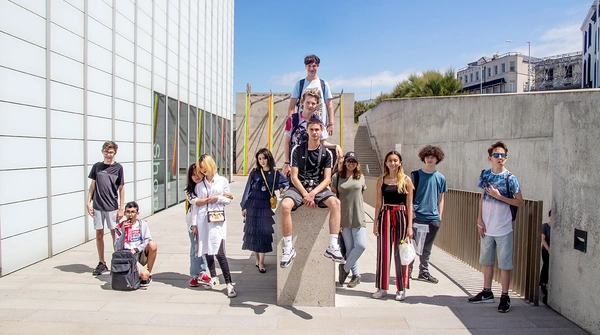
What the Good Schools Guide says
Say goodbye to stiff blazers, imposing facades and hymns echoing around the corridors and hello to a school with a more informal feel of home. It’s not for everyone, but for those – for a whole host of reasons – who don’t suit a more conventional education, this intimate environment, with its small classes, genuine mutual respect and excellent teaching, is an absolute saviour.
Teaching and learning
‘Liberal but ordered,’ says head. So, it’s yes to registers, homework and regular testing but no to uniform, desks in rows and intrusive school bells. Oh, and everyone goes by their first name. Parents praise the tutorial type teaching (‘teachers talk with them not to them’) and the time they dedicate to each pupil (‘they never give the impression they’re in a rush’). Meanwhile, pupils praise the fortnightly assessment cycles (‘sets a good pace’) and lack of EBacc which they feel means the school ‘works well for not stereotypically academic students too’.
Pupils warn that the school day is long (some finish at 6pm), ‘but there’s no Saturday school, so we can’t really moan’. Small classes throughout – never more than 12. English, maths and sciences form the core of the year 7-9 curriculum, complemented by MFL (French and Spanish) and creative subjects galore (drama, music, media, photography, film, art and design). Ecology and sustainability on timetable too - year 7 focus on water and biodiversity; year 8 on soil and year 9 on energy. They even get to work with Kent Wildlife Trust on long-term projects, eg swabbing frogs for viruses in the River Stour for viruses and completing a bio-diversity audit and monitoring energy consumption of the campus.
Teachers talk of ‘guided discovery’ – evidenced in a computer science class we saw, where students were ‘set parameters for detective work’ (rather than being fed information to all come up with the same solution). Lots of enrichment, with pupils keen to tell us of their ‘passion projects’, eg 3D printer Star Wars characters displayed in the foyer.
Most take eight or nine GCSEs and are not restricted by option blocks. Film studies, classical civilisation and economics all on offer; natural history coming soon. Parents approve of ‘practical, sensible and creative’ approaches, eg heavy content in history presented via You Tube clips – ‘a brilliant move,’ and particularly appreciated by those with SEN. Not much take-up for languages. Music available as a BTEC level 2. One-year GCSE course gets about 20 students a year – no limit on number of subjects but students tend to focus on subjects related to their potential A levels.
Sixth form has three pathways: a two-year A level course (the traditional route you’d find in other schools), a one-year A level course (mainly taken up by overseas students or those who have switched subjects; others transfer from an IB programme or simply want to take an extra subject) or a one-year re-take course (similar numbers for the GCSE re-take course). Lots of breadth - global perspectives, music technology, history of art, fashion and textiles, media studies, politics, sociology, psychology and Italian among the many A levels. Maths draws the biggest crowd, followed by English lit and film studies. Visual arts also popular, with massive breadth on offer. Students praise the work on exam technique – ‘nothing is left to chance’. BTEC music and drama. Small uptake for EPQs. ‘Exceptional’ UCAS support tailored to each individual, say parents – so no hang-ups or buy- ins to particular universities or pathways. Refreshingly, students with specific needs are advised to take into consideration the size, life and pace of any university on their wish list. Medical and Oxbridge programmes offered.
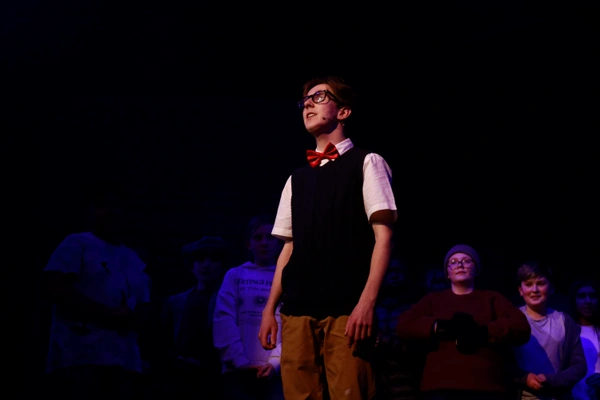
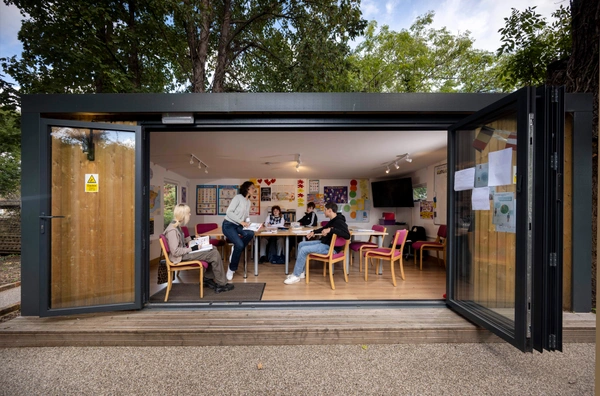
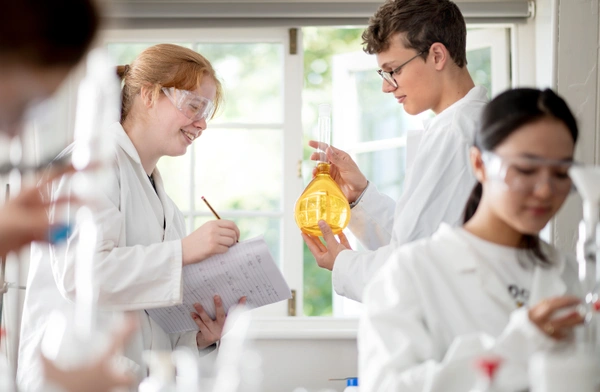
1 / 3
The arts and extra curricular
Visual arts stand out - ‘another league,’ said a pupil. Teachers are all practising artists and exceptionally well-qualified eg master’s from Central St Martins. School believes the college ethos helps ‘by producing artistically literate, interesting and talented young people’. We dipped into sustainable textiles (complete with its natural dye garden), where year 11s were crafting sustainable corsets. Sixth form fine art students were equally industrious in the art studio – easily as good as final year university students. Fine art, graphic communication, photography, and textiles and fashion all on offer – some students take three of these at A level, giving them a competitive edge when applying for coveted places at prestigious institutions and enabling them to bypass the usual foundation year requirement for art colleges or university. Specialist ceramics teacher runs sessions.
Drama, housed in the black-box studio, is taken seriously – from small ensemble and character studies to razzle dazzle musicals (Oliver! up next). Impressive showcase practice from BTEC students during our visit – all were unphased by us dropping in, showing confidence and aplomb. Film and digital media well-established – we swung by a lesson where one pupil was splicing Cars 2 with Saving Private Ryan.
Flourishing music scene. Around 50 pupils take guitar, bass, ukulele, piano and vocal lessons. Absence of an orchestra a non-issue, we were assured by pupils – particularly as a visiting specialist leads a ‘thriving’ vocal boarding group, and there are plenty of informal ensembles and bands that regularly jam in open mic sessions. Lots of visitors from industry, recently a body percussion ensemble, Henry Dagg (designer of the school’s musical gates) and the London Gospel Choir. Pupils also attend musical events, eg Rochester Jazz and
Blues festival and former RIC tutor Billy Childish’s gig in Rochester Cathedral. Pupils rave about music technology, and there’s a recording studio where, in addition to producing original tracks, students learn how to successfully market on Spotify or Apple Music. DofE for younger years. Clubs mainly student led and covering niche interests not covered in the curriculum eg creative writing and astronomy. Plenty of trips to support the curriculum and tap into pupil’s interests, with regular jaunts to the theatre and art galleries.
Annual lower school residentials, most recently to Cornwall. Ditto for sixth form, eg art and design trip to Japan; sustainability trip to Sweden.
Pastoral care, inclusivity and discipline
The school talks of expectations rather than discipline – and by and large, it works. ‘It’s simple, it’s just respect, being a decent human being,’ felt one pupil. Parents appreciate the ‘refreshing honesty’ and ‘avoidance of victimisation or demonisation’ when things do go wrong, but be warned that it’s not uncommon for pupils to be asked to leave (up to five times a year). Detentions for more minor misdemeanours, mostly recurrent failure to complete homework or lack of punctuality or attendance. This isn’t a ‘free for all’, says school, and pupils accept that following an ‘agreed consensus’ is necessary to maintain their freedoms.
Pastoral care is exemplary, agrees everyone - and remember, many have a variety of contexts to compare it with. Tutors play a pivotal role - pupils say they’re always available, and parents are impressed with their ability in ‘finding outstanding solutions’. Three full-time counsellors (even over the phone if required). PHSE taught until year 13, tackling everything from consent to mental health awareness. Some yoga sessions too. Even the office staff are ’really cool’ at providing ‘above and beyond’ emotional support, say pupils.
Inclusivity another strength of the school, according to pupils. No cliques and no ‘casual racism’, they told us – helped by the diversity of cultures, they reckon - and the LGBTQ+ community is well represented, with preferred pronouns used at all times. The social justice club draws an earnest crowd with impressive pro-action eg attending the Amnesty International Youth Conference, making and selling sweets for Medway Street Angels and selling popcorn to ‘Stop Hate’.
Sport
Not a super-sporty school, and doesn’t try to be. Still, there’s decent provision for years 7-11 for one afternoon a week offsite where mini golf, orienteering, basketball, netball, football, quidditch, korfball, basketball and softball are all offered.
Dodgeball hugely popular, with school recently shortlisted for British Dodgeball Secondary School Awards. Pupils also enjoy the ‘fun’ annual multi-skills sports festival.
Links with local sports clubs important – one pupil name checked Medway Rugby Club an said that without the school’s and club would never have got involved in rugby. Pupils congregate in the MUGA (multi-use games area) onsite for kick arounds or shooting hoops - sometimes lessons too. Well-equipped onsite gym too.
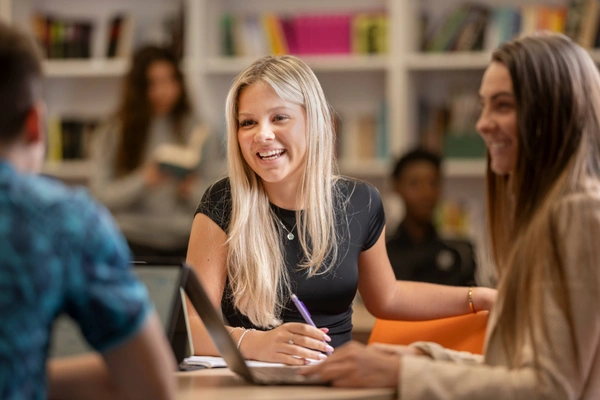
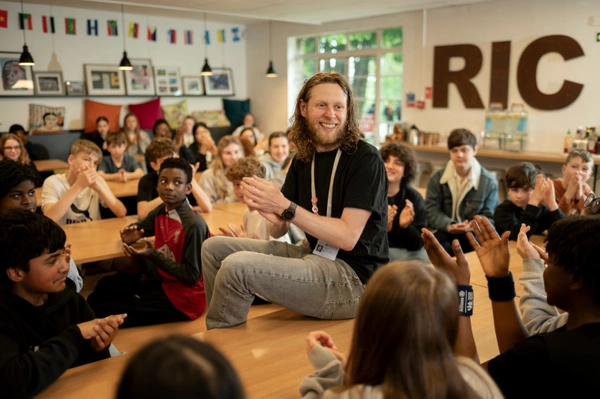
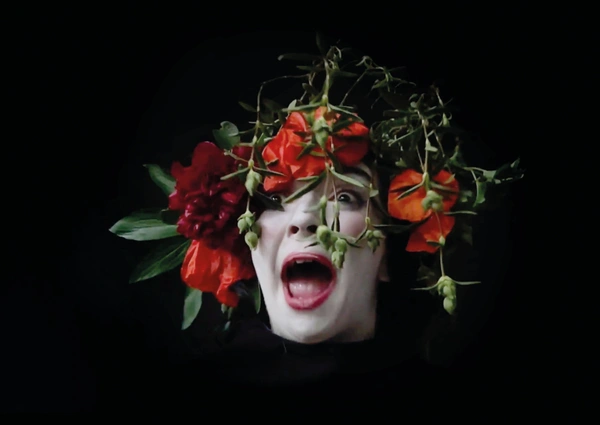
1 / 3
Boarders
Around 40 per cent board from age 13+, three-quarters full-time, the rest weekly. Parents would like a flexi-option too, though no plans at present. Numbers expected to increase when the new Northbank campus opens in 2024.
Accommodation is in eight refurbished terrace houses (plus six self-contained houses offsite for year 14). Overseen by house parents, plus two nurses, who have a relaxed and easy relationship with pupils. Expect lots of stairs in these Georgian houses, which pupils describe as ‘a bit of a maze’, though all agree it’s worth it for the light rooms overlooking the estuary and Rochester (no rolling countryside, but decent views for an urban school). Pupils take pride in their ensuite rooms, really making them their own. Spacious communal areas, which pupils describe as having a ‘chilled vibe’.
Activities available daily if you want them, but no sweat if not: ‘One night there could be a group watching a horror movie while another lot peacefully chat over crochet.’ Also on offer is life drawing, pottery, chess and rat club (yes, really). Older pupils often head into ‘town’ (London) on the weekend for day trips; more formal day trips organised to eg Oxford, Harry Potter studios, Houses of Parliament, Stonehenge and Winter Wonderland. In lower school, trips are mandatory in the autumn term, then two every half term.
Year 14 students (18+) live independently in self-contained accommodation off site. ‘It’sgreat, I can really focus on my studies and dip into school life when I want,’ said one. Some of these students even run their own businesses.
Ethos and heritage
The school started as an A level college in 1984, expanding down to year 7 by 2007. In 2016, it was bought by Dukes Education, whose injection of cash has resulted in a new canteen and better boarding facilities, among other improvements behind the scenes. Set in Rochester’s ‘artists’ quarter’, the campus consists of charming interlinked Georgian terrace houses around a hidden garden, whose winding paths connect all aspects of the site. These outside areas are as much a part of learning as the bricks and mortar – complete with geodesic dome, several classroom sheds, willow terracing, allotment, chickens and the Underhill Hall above whose copper roof can be opened to an open-air auditorium. The new Northbank Campus, opening in September 2024, will have 48 ensuite bedrooms plus a new home for textiles, fine art, photography and graphic design.
‘Have you seen the Tardis?’ our guides asked on our tour, pointing to an original police box in the grounds – a cheeky nod, we’re told, to the fact that practically every visitor uses the word to describe the school site. The time machine metaphor doesn’t go amiss either as a key aim of the school is to heal past results or experiences and whiz them into the future to support their aspirations.
You’ll find no uniform here, no stuffy traditions and no Latin motto (instead there’s a flying pig emblem – a riposte to nay-sayers in the early days) – and as such, the vibe is notably informal. Most wear jeans and sweatshirts, and there’s a splattering of piercings and coloured hair. ‘But I don’t know what’s going on with the food,’ said a parent, with a few others agreeing it’s gone downhill. But pupils seem happy enough, telling us about the delicious pork with crackling and curry with coconut rice. We found nothing to complain about our spicy chicken casserole and flatbreads.

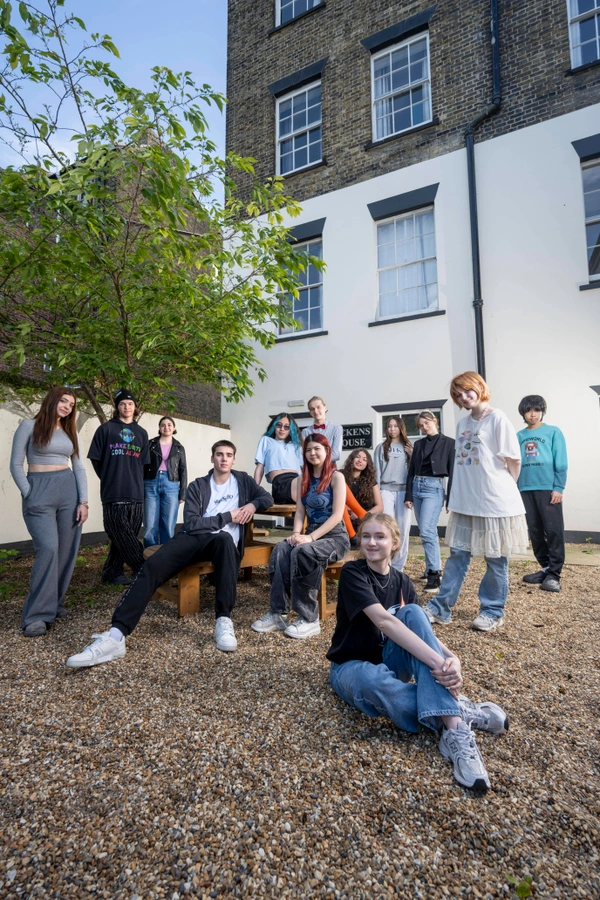
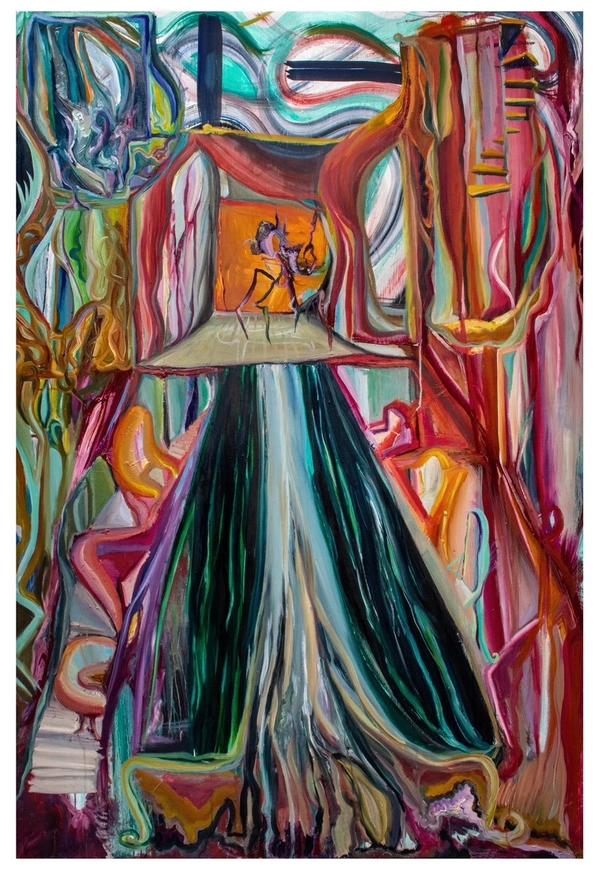
1 / 3
Pupils and parents
Pupils are mature, free-thinking, considerate and good humoured, with any previous negative experiences of education undetectable – impressive as many ‘hit a ceiling’ in other schools, be it due to quirkiness, ability, niche interests or petty rules. Good balance of UK and international among the boarders – the latter from eg Italy, Nigeria, Hong Kong, Russia, Thailand plus Japan, Australia, South Africa, Brazil and Mexico. Day pupils mainly from west Kent where school minibuses service Sevenoaks, Maidstone, Tonbridge, Tunbridge Wells and Ashford. A small contingent commute from London, thanks to the train station nearby (‘It takes some of my friends longer to get to their local school in London,’ reckoned one). Parents are from all walks of life – many talk of taking ‘leap of faith’ but now wholeheartedly trust the school, mainly relieved to find one that works for their child. ‘Our intention was one year only, but our son refused to leave, so we’ve found a way to make it work.’

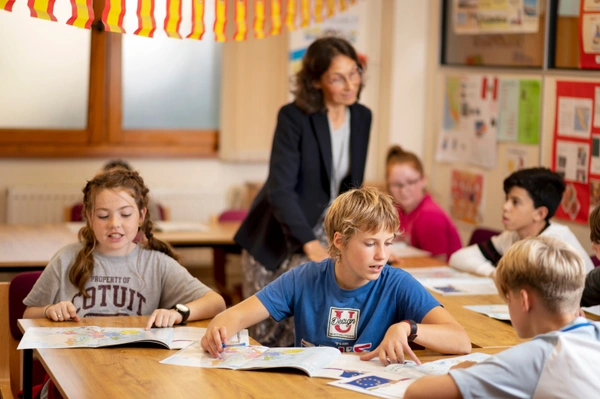
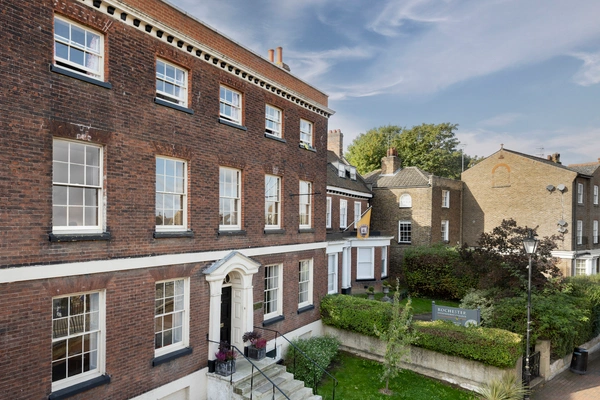
1 / 3
Entrance
Academically non-selective, with entry into any year group at any time of the academic year (depending on space) from year 7, following an informal one-hour Zoom with the principal, plus taster day (or week, or even two weeks, to suit the child). ‘There’s no rush or pressure to enrol,’ says school, ‘it’s crucial that a pupil knows what they’re buying into.’ Some even join in year 11, usually for the one-year GCSE course, and there’s also the chance to do re-takes or an intensive one-year A level course in year 14 (popular with pupils from independent schools, grammars and overseas). No GCSE grade requirements for sixth form entry. Numbers smaller in lower years (around mid-twenties in year 7), mushrooming later on(around 200 by sixth form), usually with 20-60 children joining each year. While school is keen not to close any doors, they do turn some applicants away if it’s not deemed the right fit. Welcomes boarders from 13+.
Exit
Just under half leave after GCSEs, mainly for local grammars. Vast majority (90 per cent) of sixth formers to a wide range of universities, eg UCL, Exeter, Kent, Manchester Loughborough and SOAS. Equally diverse range of subjects studied - everything from global governance, social anthropology and wildlife conservation to the more traditional economics, law and biomedical sciences. The school has particular success within visual and performing arts, with a quarter of pupils going on to study creative subjects including fine art, animation, digital film production and photojournalism, eg at University of the Arts London. Two medics in 2023, and two to Oxbridge. A few degree apprenticeships each year - PWC and Goldman Sachs in 2023. Some students head overseas, most recently to La Roche Switzerland, Lyon, and Barcelona EU Business School. Gap years are rare – ‘We are the gap year!’ says school.
Latest results
In 2023, 30 per cent 9-7 at GCSE; 25 per cent A*/A at A level (49 per cent A*-B). In 2019 (thelast year when exams took place), 25 per cent 9-7 at GCSE; 29 per cent A*/A at A level (60per cent A*-B).
Money matters
One in 10 pupils receives an academic scholarship – worth up to 20 per cent off tuition fees. Two full tuition fee scholarships – one for arts in sixth form, one for sustainability in the lower school. Means-tested bursaries of up to 100 per cent.
Learning support and SEN
The 35 per cent of pupils on the SEN register (far exceeding the national average) are supported within the classroom (only speech and language available as one-to-ones). No need for a learning support hub, then, although the SENDCo (also head of lower years) is visible in his central glass fronted study, and pupils say they can ‘drop in’ whenever they want. He is supported by two TAs and three counsellors. The school has gained a reputation for supporting school avoidance disorder and mental health issues including anxiety. Dyslexia, ADHD and autism also feature. One parent spoke of the ‘amazing degree of flexibility’ in supporting SEN, and several pupils told us support here is a world away from what they have previously experienced. ‘At my last school, it was unbearable,’ reported one. Note some classrooms are very small (eg the maths sheds) but the open-door policy, small class sizes and calm ethos make it work, including for those with sensory issues. Thirty-six EHCPs when we visited, but many are ‘regrettably’ turned away, says school.
The Principal
Since 2016, Alistair Brownlow, who holds an English literature degree from St Andrews, MPhil from Glasgow and MEd from Buckingham. Joined the school as a graduate in 1997 after teaching English in Russia and Romania. ‘Must have an interest in critical theory,’ said the TES advert, which caught his eye. Says he immediately clicked with the ‘maverick’ principal. Worked his way up to co-principal in 2002 and sole principal in 2016. ‘Oscar is really the top dog here,’ he insists, cradling a coffee while the dog makes himself comfortable on the sofa. Unlike Oscar, he shuns the limelight, although parents praise him to the hilt. ‘He just got it,’ said more than one about their first meeting. ‘He listened and was able to come up with strategies on the spot.’ They feel he ‘keeps ahead of educational trends’ and ‘cares’. Pupils say he works ‘collaboratively’ with them, tailoring their education, and they also appreciate the no assembly policy (no ‘droning on and on!’). The school is very much his baby, and he reflects on its journey with a bounding enthusiasm. ‘It’s easy to try to label us with words like “boho” or “hippy”, but we really aren’t that different to what education should be about… people lock onto the cosmetic differences,’ he says.
Read our review on The Good Schools Website here.
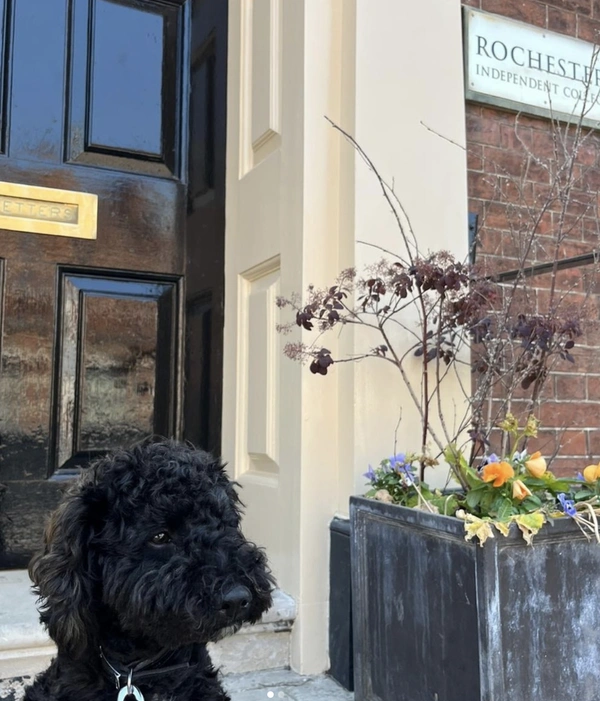
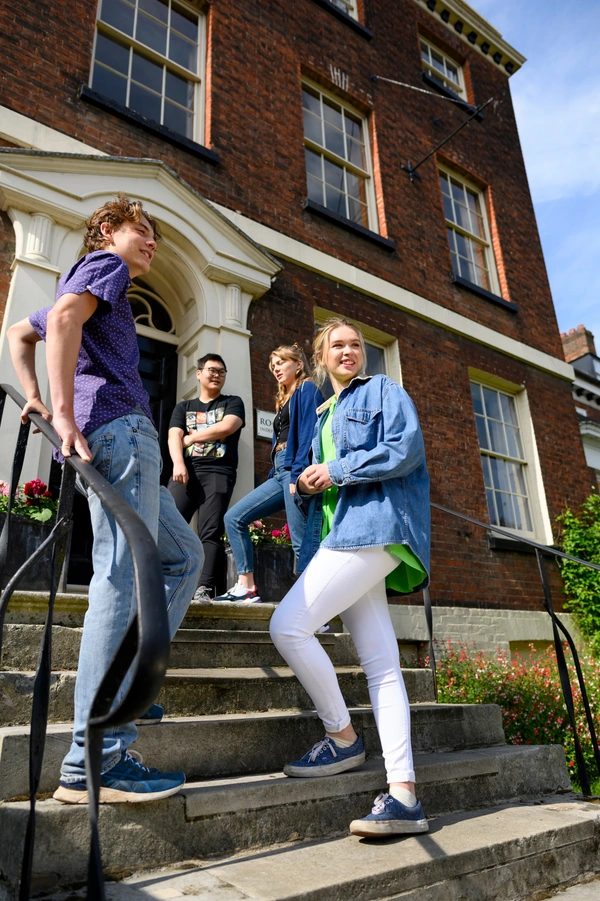
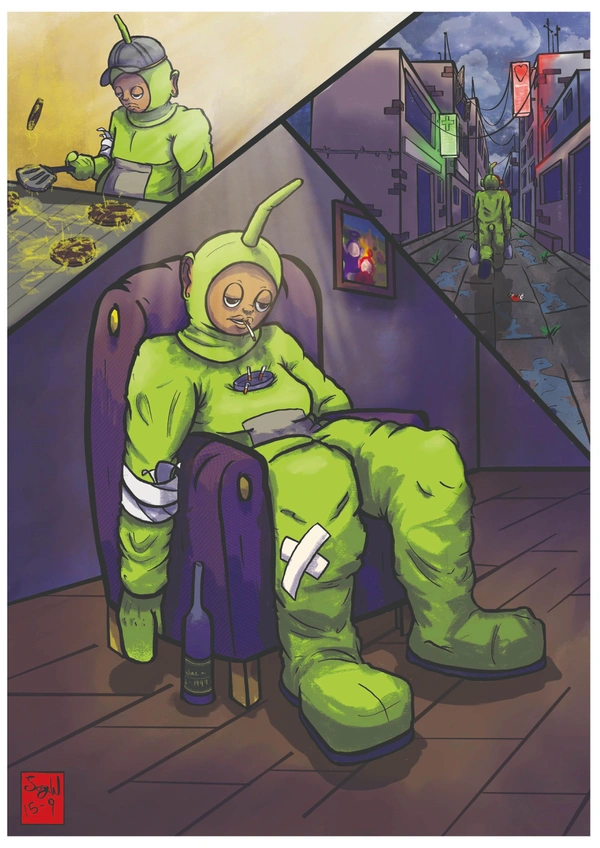
1 / 3